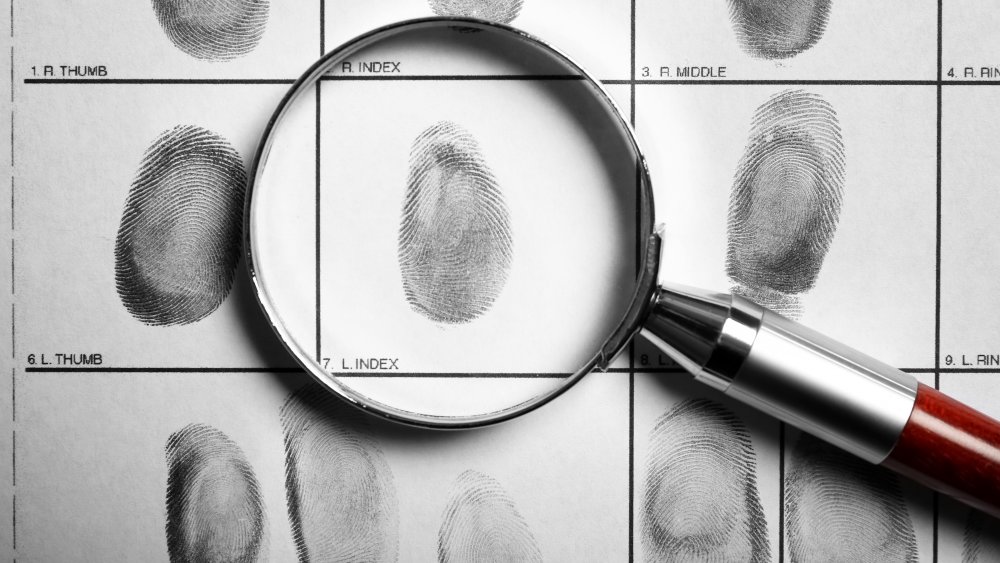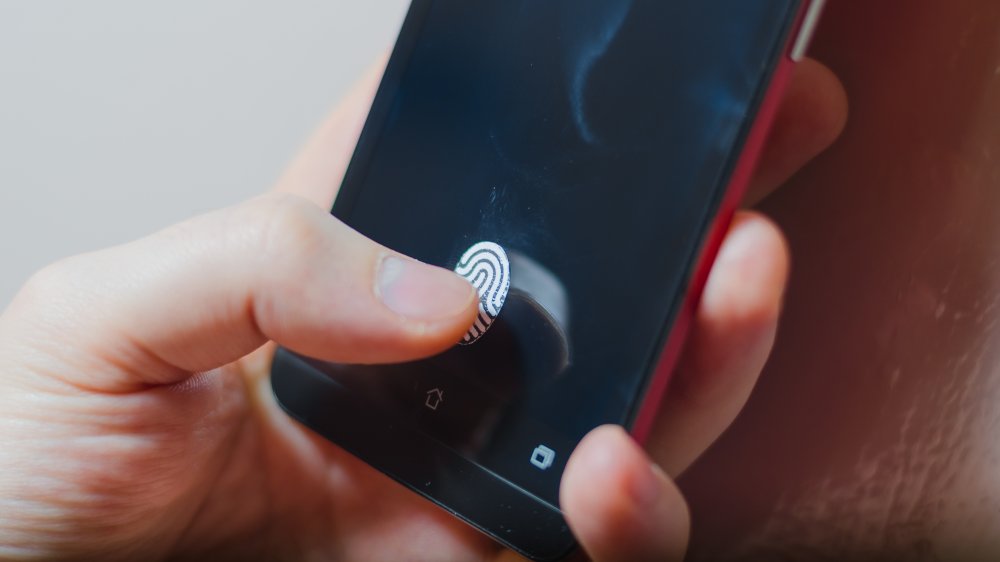Why Do We Have Fingerprints?
Ask anyone who has ever watched Law & Order, and they'll tell you that the best way to catch criminals who mysteriously vanish is to look for fingerprints. Everywhere you go, everything you touch gets the full impact on those funky little spirals on each fingertip. But why? It's not like natural selection would've put whorls and circles on your fingers just so the police can track you down, right?
Well, the first thing to understand about fingerprints is that their formation is largely chaotic and incidental: as explained by Dr. Michael Roizen, MD, fingerprints are basically friction ridges, formed in the womb, created by the amniotic fluid that swirls around a baby's fingertips as they touch things. Crazy, huh? Because there's a zillion ways they could be touching stuff, and a zillion ways the fluid could be swirling, it means that nobody — not even identical twins! — have the same fingerprints. That said, just because fingerprints are formed in such a wild, wacky way doesn't mean they don't serve a purpose ... even though, as it happens, scientists are still debating exactly what that purpose might be.
The prints exist for a reason other than opening your phone ... right?
Okay, so there are two theories regarding the purpose of fingerprints. For a long time, the dominant thinking has been that fingerprints exist to creation friction, as explained by Live Science, since the little hills and valleys on your fingers presumably work similarly to the tread on your tires, thereby creating a more secure grip. And hey, you know how if your tires go bald, you'll be slipping and sliding all over the road? Fingerprints may perform the same function, since water can slip between the channels.
This theory seems logical enough, but studies have actually found that, at least when handling dry materials, fingerprints seem to reduce friction, rather than aiding it. Weird, right? That doesn't rule out the wet surfaces theory, but it had led to the rise of another, hotly debated notion, first raised by Georges Debrégeas of Sorbonne University: that fingerprints might exist to aid your sense of touch. For example, one particular type of mechanoreceptor found right beneath the surface of the human fingertip skin — known as Pacinian corpuscles — has been found to be ultra-sensitive to tiny vibrations, perhaps aiding in the finger's ability to detect fine textures. Weird? Sure, but consider how humans, much like other fingerprinted creatures like chimpanzees, evolved to be reliant on their ability to detect things with their hands, so having a little extra touchiness is a big plus. According to Phys.org, a 2009 study conducted using artificial grooved fingertips, versus un-grooved ones, found that the grooved ones produced vibrations up to 100 times stronger when pushed against a rough surface, theoretically meaning that they "felt" these textures 100 times more. Groovy. For now, though, this matter is still somewhat speculative.

